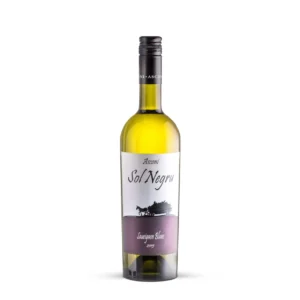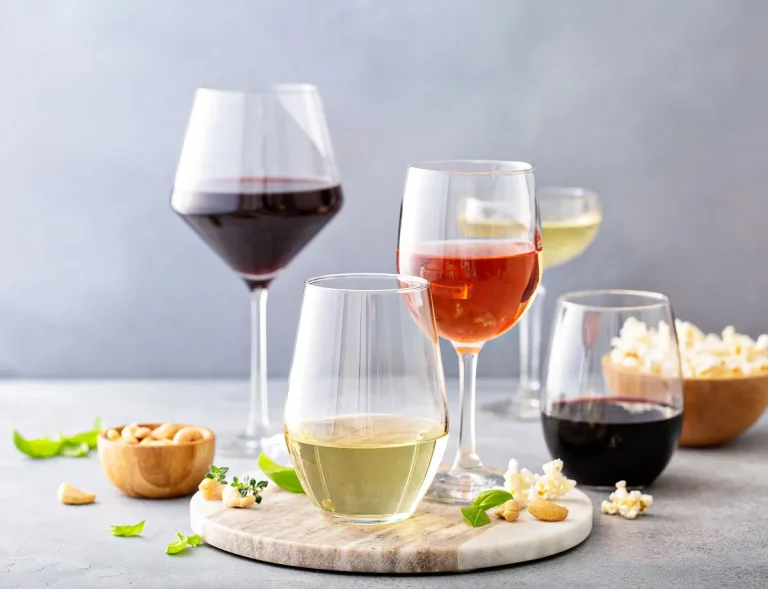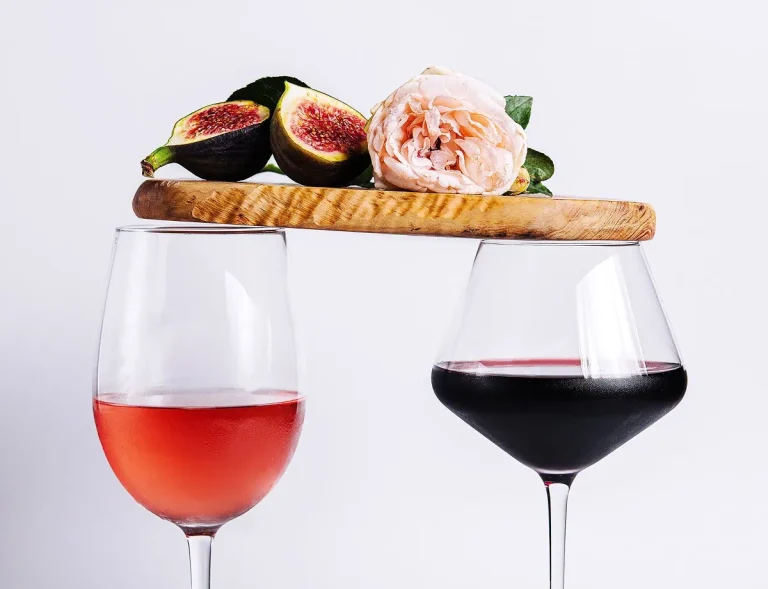🎁 Buy 6 Bottles, Get 6 FREE
Dry White Wine Food Pairing
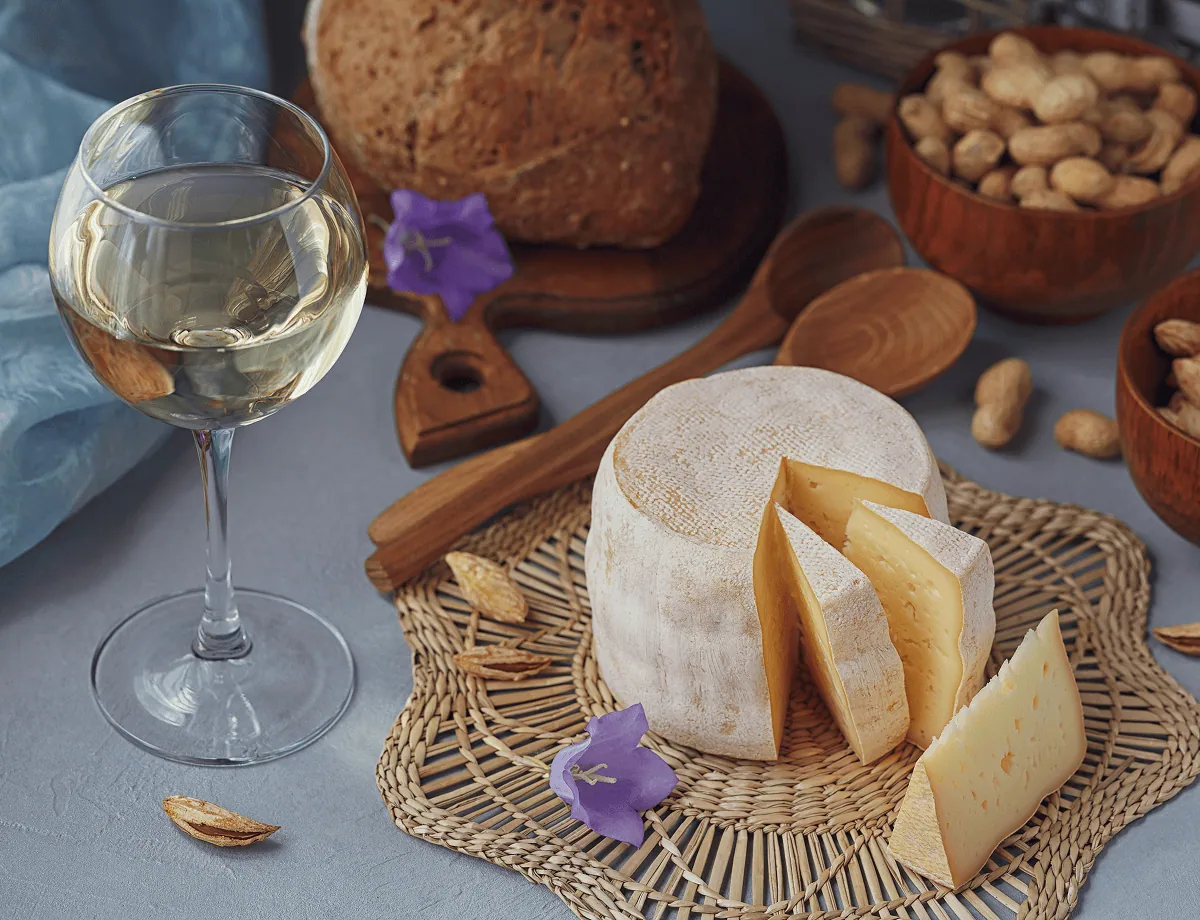
Dry white wines offer a refreshing acidity that complements a wide range of dishes beautifully. They shine alongside seafood, poultry, and lighter sauces, as well as vegetables and salads. Notable examples of dry white varieties include Sauvignon Blanc, Pinot Grigio, and Chardonnay.
These wines are some of the most versatile and food-friendly bottles you can have on hand. Their crisp acidity, clean fruit flavours, and varying textures make them naturals for everything from seafood to spicy takeout — yet many people still reach for red when they don’t have to.
Here’s the truth: dry white wine food pairing isn’t just easy — it can be extraordinary. The key is knowing how a wine’s acidity, body, and flavour profile interact with what’s on the plate.
This guide walks you through the best dry white wine pairings, from casual weeknight meals to celebratory showstoppers — plus expert tips to help you move beyond just “white wine with fish”.
Dry White Wine Food Pairing: Popular Varieties
Sauvignon Blanc
Herbaceous, citrusy, and mouthwatering — Sauvignon Blanc is your go-to for bright, fresh dishes.
Perfect pairings:
- Oysters, mussels, grilled white fish
- Goat cheese (on a board or in a salad)
- Dishes with green herbs: parsley, dill, mint, basil
- Thai salads, Vietnamese spring rolls, asparagus
Its high acidity cuts through rich sauces and makes vegetables pop.
Pinot Grigio
Light, subtle, and refreshing — Pinot Grigio is perfect when you want the wine to play a supporting role.
Perfect pairings:
- Sashimi, ceviche, crudo
- Summer salads with citrus vinaigrettes
- Pasta with olive oil, seafood, or grilled vegetables
- Caprese, fresh mozzarella, garden herbs
Ideal for hot days, casual lunches, or dishes where delicacy matters.
Chardonnay
Chardonnay is all about contrast: unoaked styles are sharp and mineral, oaked styles are round and buttery. Use that to your advantage.
Unoaked Chardonnay:
- Roast chicken, pork tenderloin
- Creamy risotto with mushrooms or peas
- Pan-seared white fish with lemon butter
Oaked Chardonnay:
- Lobster, crab, or scallops in cream sauce
- Chicken Alfredo, carbonara, butter-heavy pastas
- Buttery popcorn (yes, seriously)
Dry Riesling
Dry Riesling is a sommelier’s secret weapon: zippy enough for spice, dry enough for meat, fruity enough to surprise people.
Perfect pairings:
- Thai curry, Vietnamese pho, Indian tikka masala
- Roast pork, pork chops with apple or pear
- Dishes with stone fruit, ginger, or chilli
- Foie gras or pâté (as a modern alternative to sweet wines)
Look for labels marked “dry” or “trocken” — and don’t be afraid of a little petrol aroma.
Want a broader overview? Check out our full guide to dry wine pairings to explore how dry reds and rosés match with food too.
Pairing by Occasion (Real-Life Situations)
Casual Weeknight Dinners
- Grilled chicken + Pinot Grigio = easy and balanced
- Herby pasta + Sauvignon Blanc = fresh and uplifting
- Takeaway sushi or Thai + dry Riesling = match made in weeknight heaven
Weekend Entertaining
- Chardonnay + eggs Benedict or smoked salmon = brunch goals
- Sauvignon Blanc + charcuterie board = salty, creamy, crisp
- Pinot Grigio as an aperitif = keeps things light and low-key
Special Celebrations
- Oaked Chardonnay + lobster thermidor = indulgent and elegant
- Dry Riesling + holiday ham or turkey = unexpected and perfect
- Start light (Grigio), move fuller (Chardonnay) — classic wine progression
Outdoor Dining & Picnics
- Sauvignon Blanc + grilled prawns or asparagus = warm-weather bliss
- Pinot Grigio + bruschetta, caprese, veg skewers = no-brainer
- Bonus: most of these come in screw caps — easy and picnic-proof
For heartier meals, see our dry red wine food pairings.
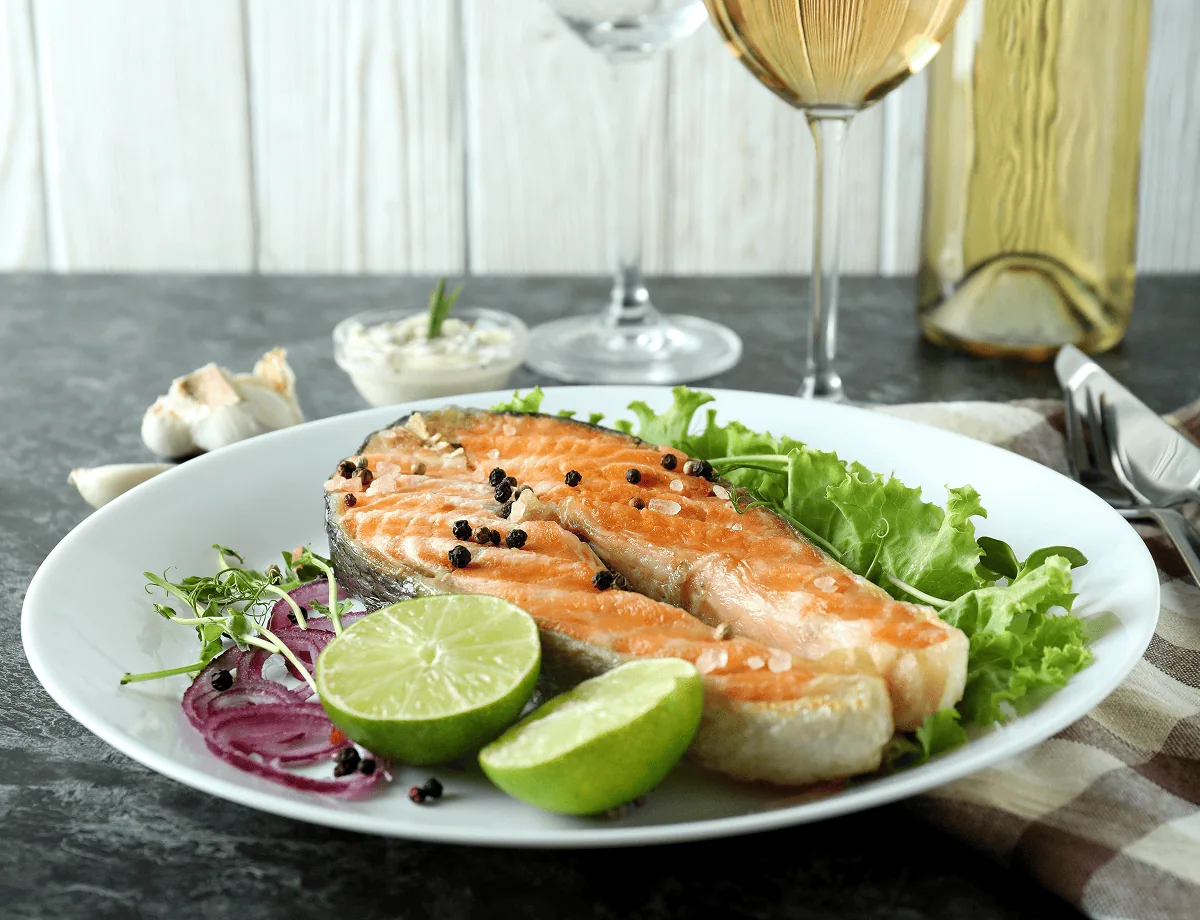
Dry White Wine Food Pairing: Build Flavour, Not Rules
Great pairings aren’t just about the “rules” — they’re about rhythm. A zesty white cuts through creamy sauce. A lean wine highlights delicate herbs. A fruit-driven wine cools the fire of spice.
Don’t be afraid to experiment.
- Keep tasting notes.
- Try the same wine with different dishes.
- Mix up cooking styles (grilled vs roasted, fresh vs creamy).
With every pairing, you’re not just matching flavours — you’re building a sensory experience. And the more you practice, the more confident and intuitive you’ll become.
Want to use wine in the kitchen too? Here’s our guide to the best dry wine for cooking.
